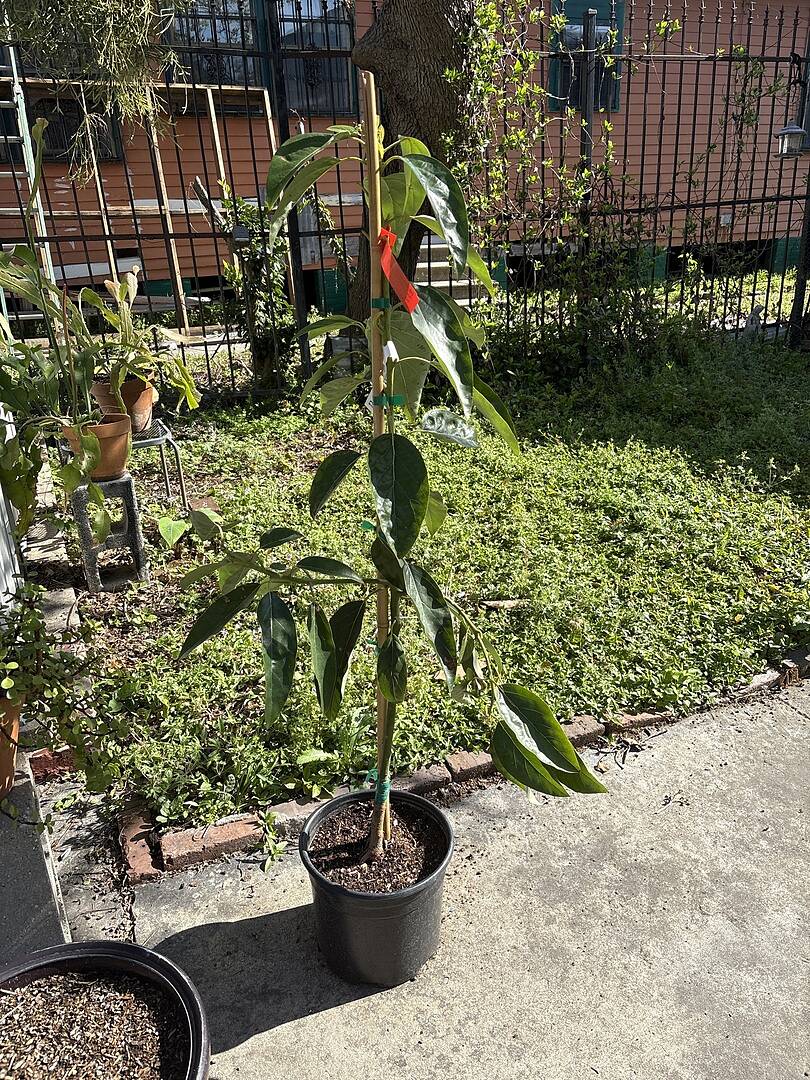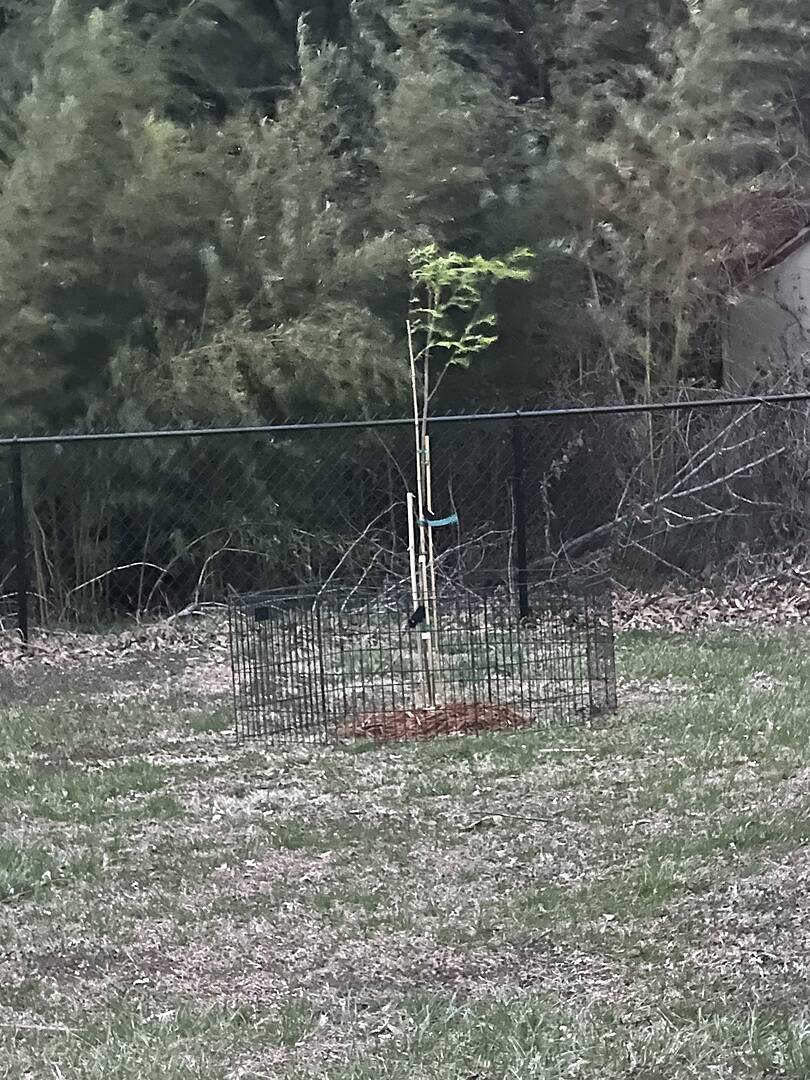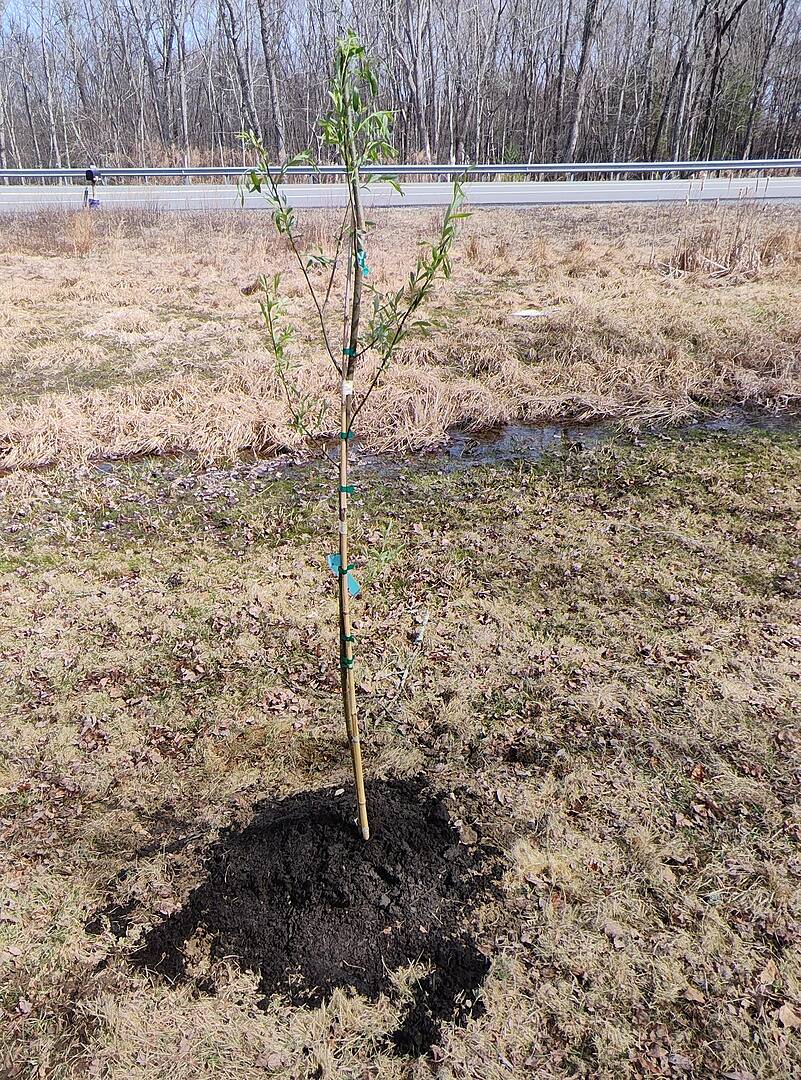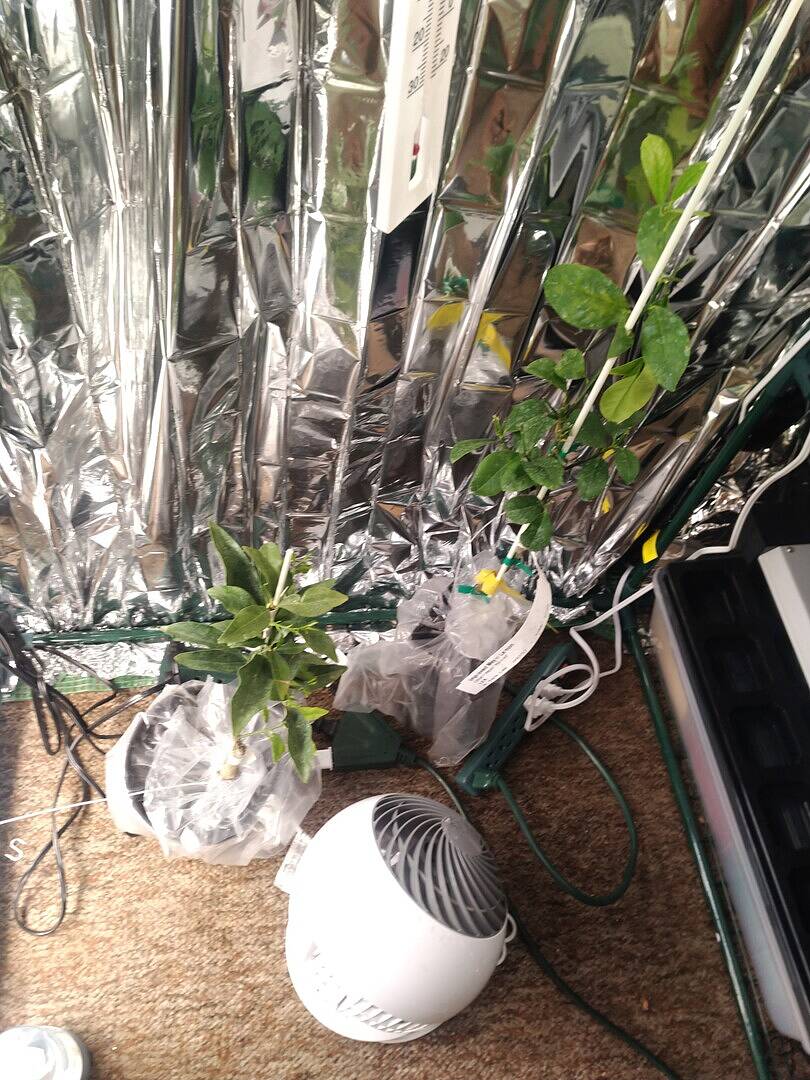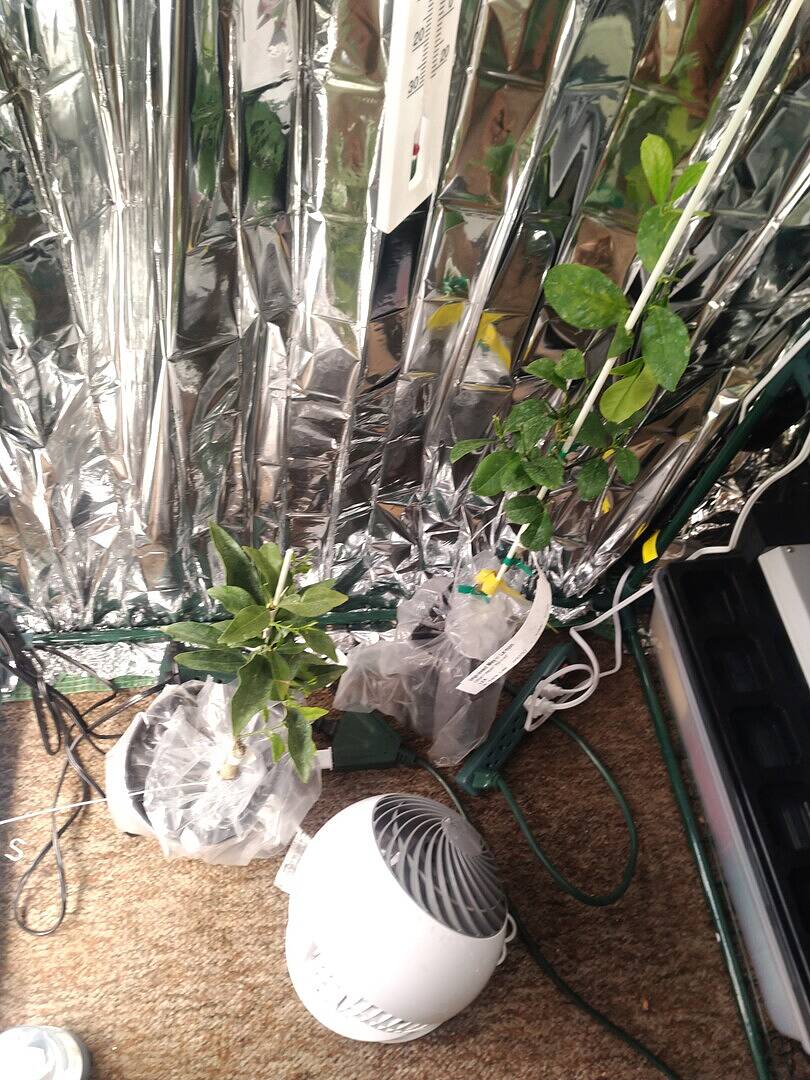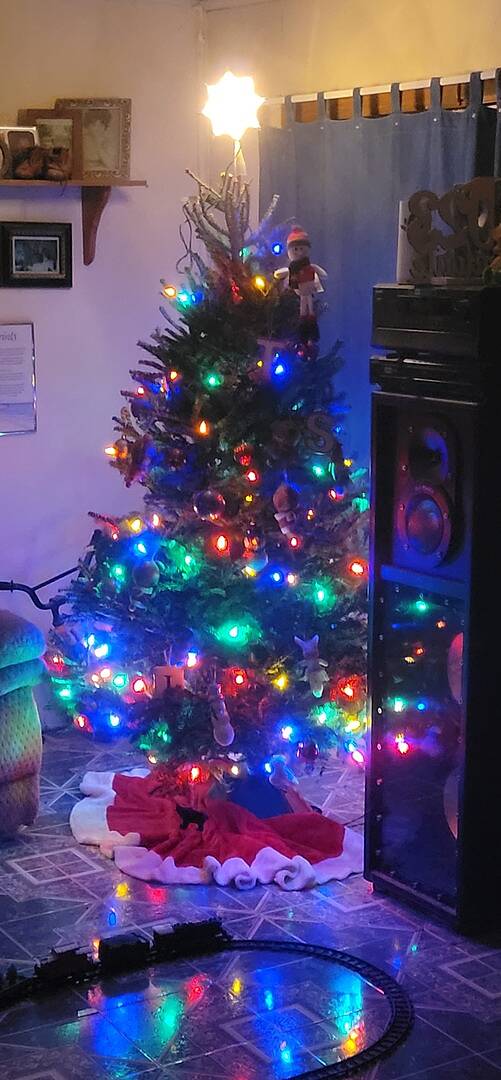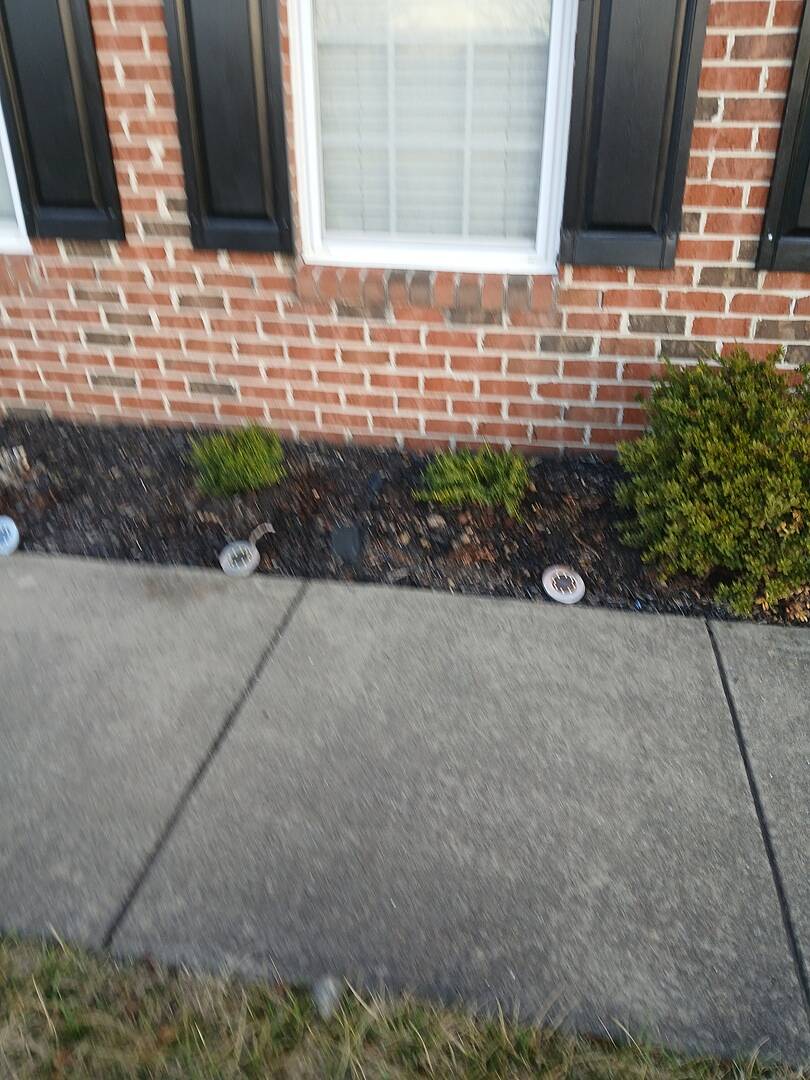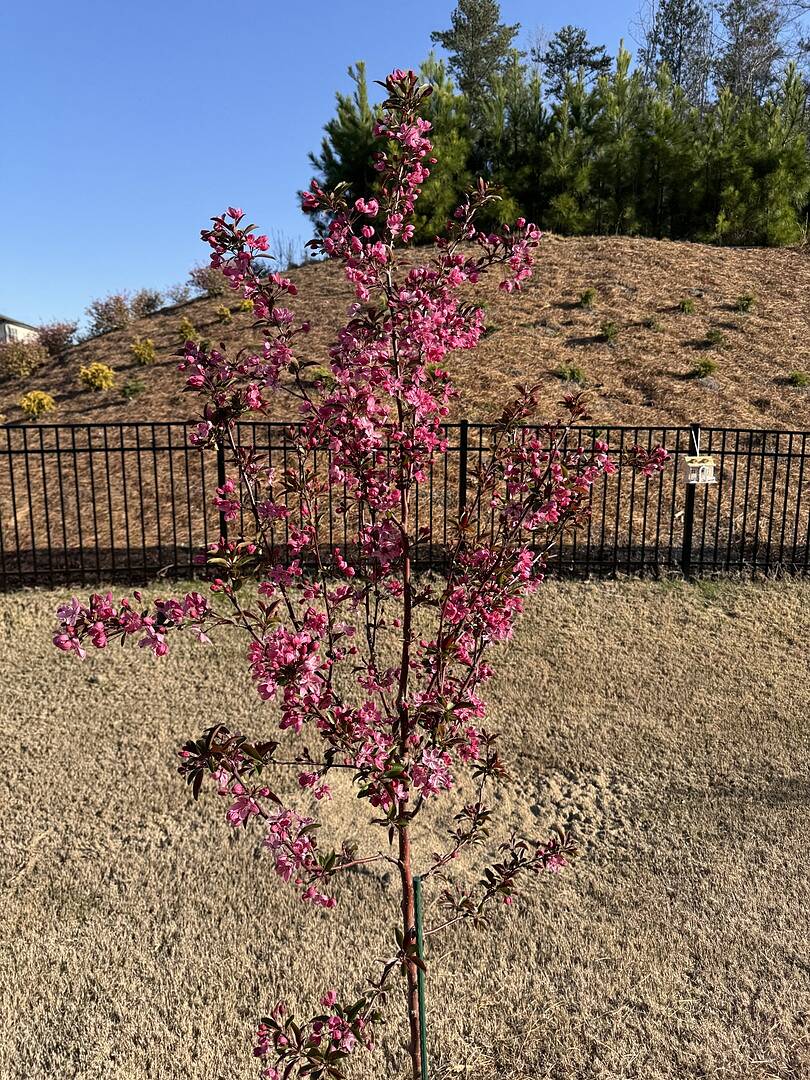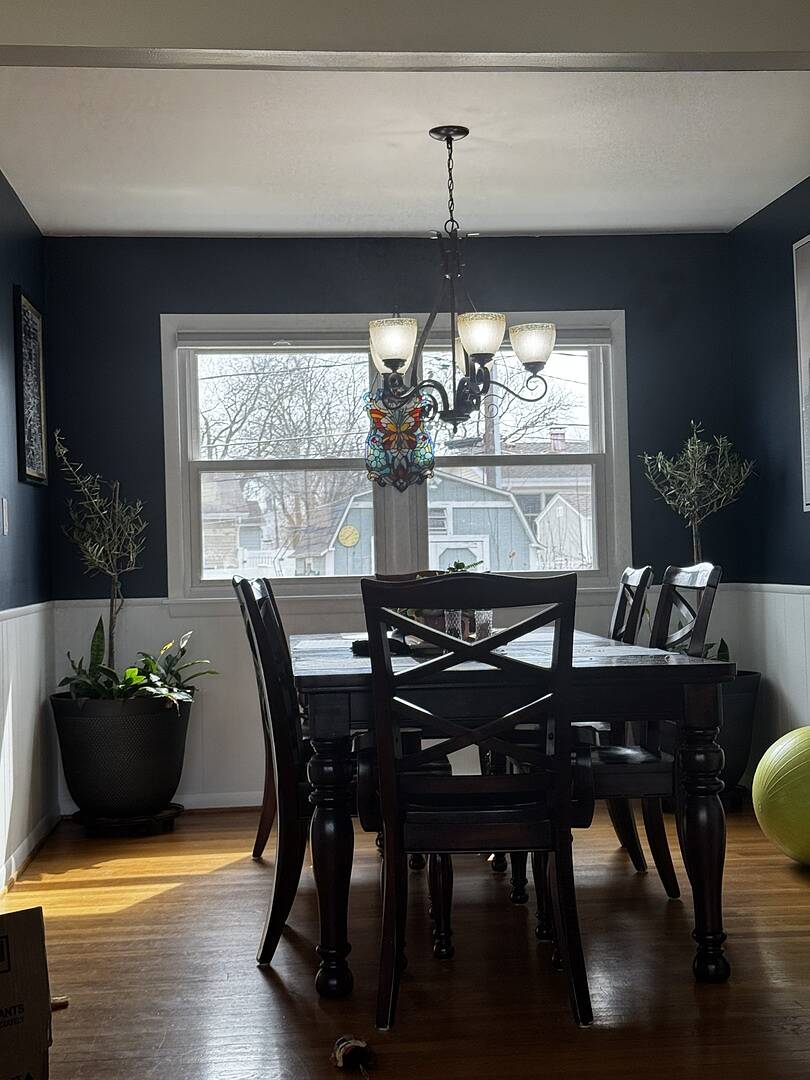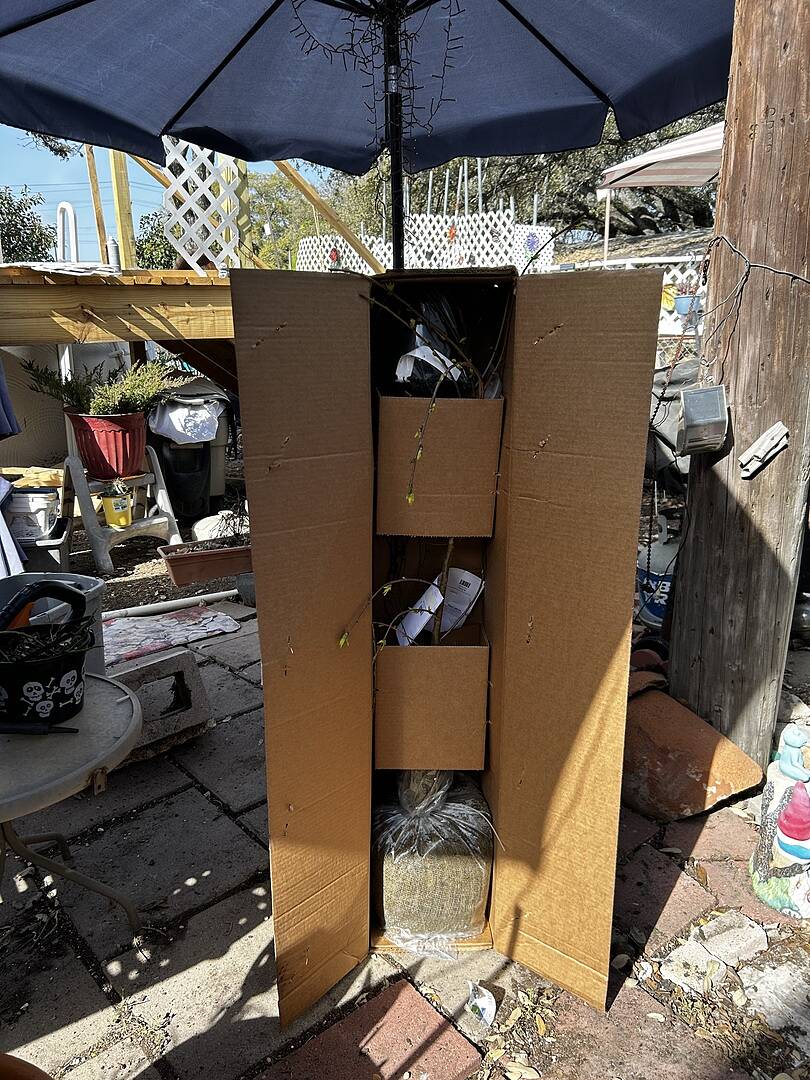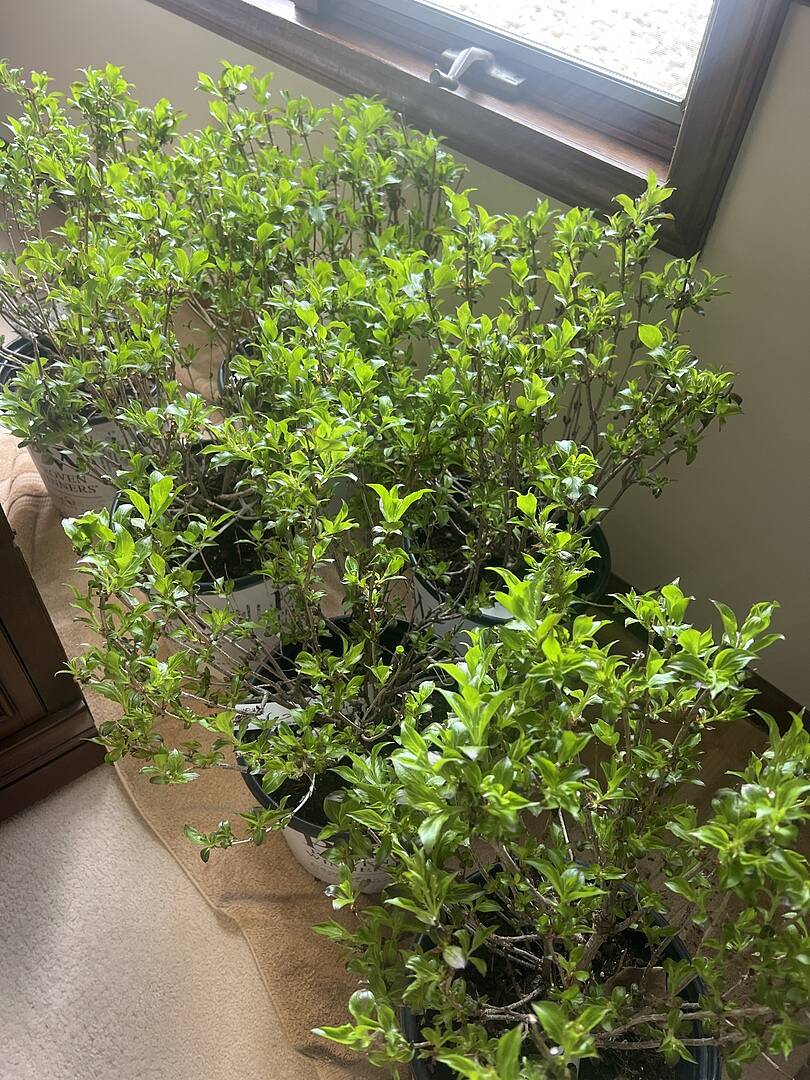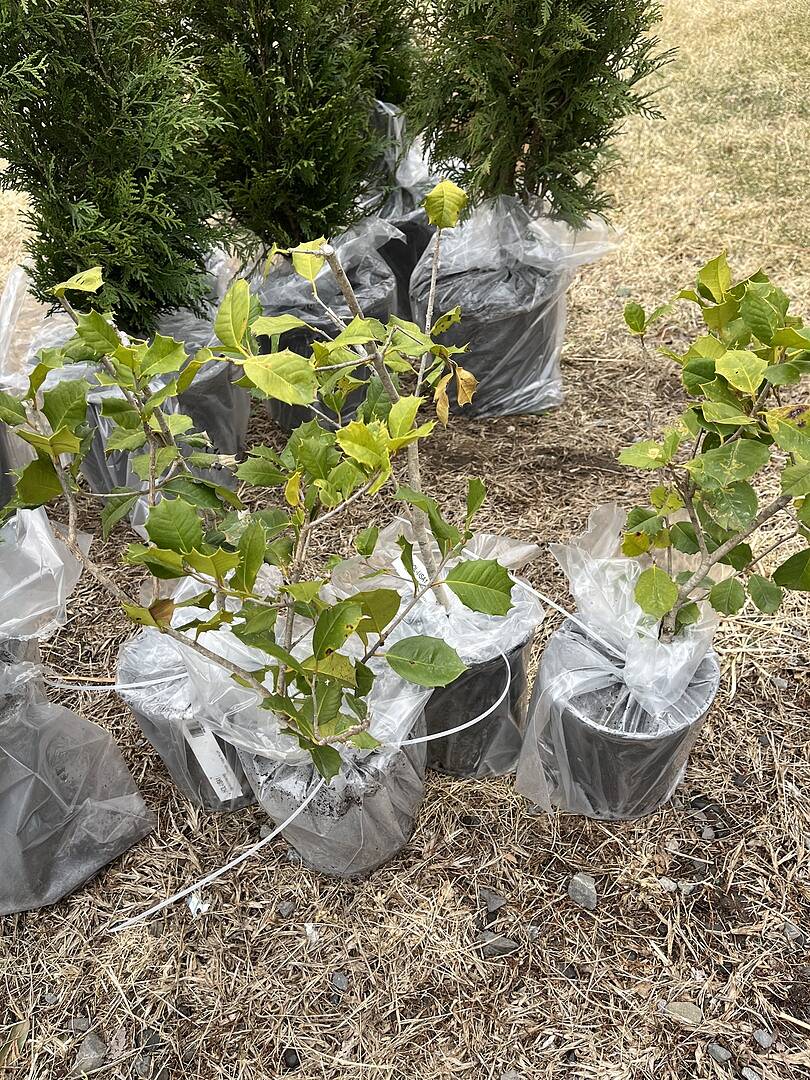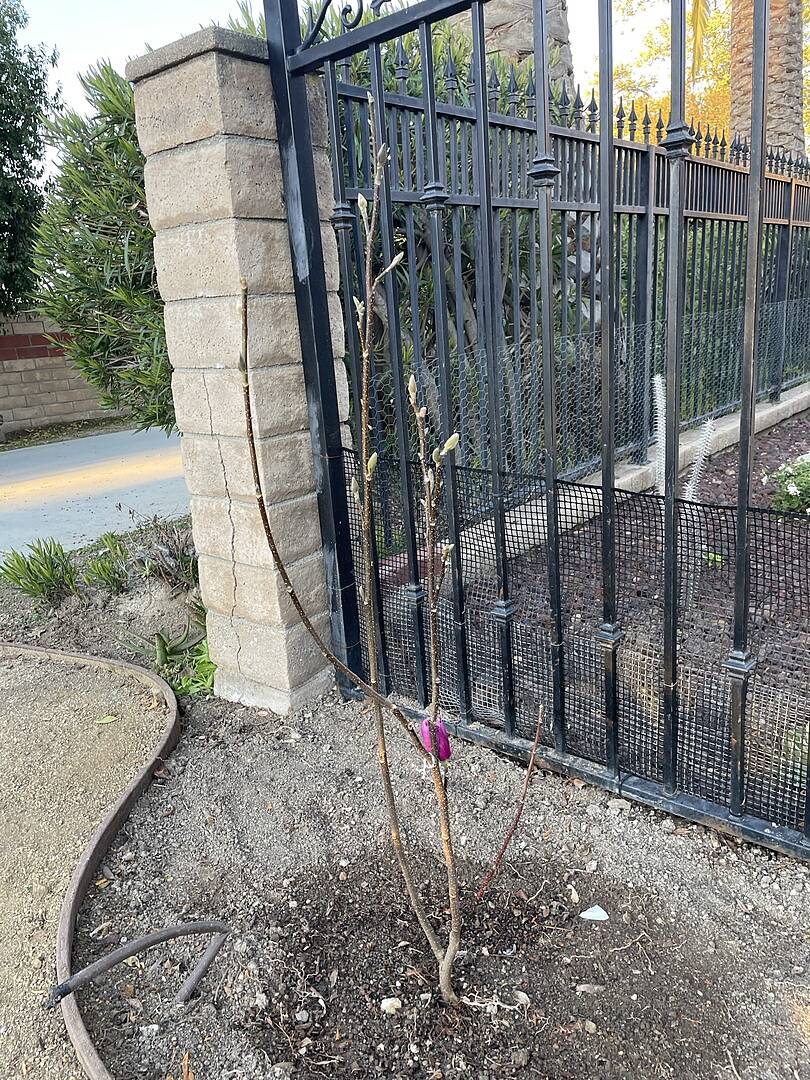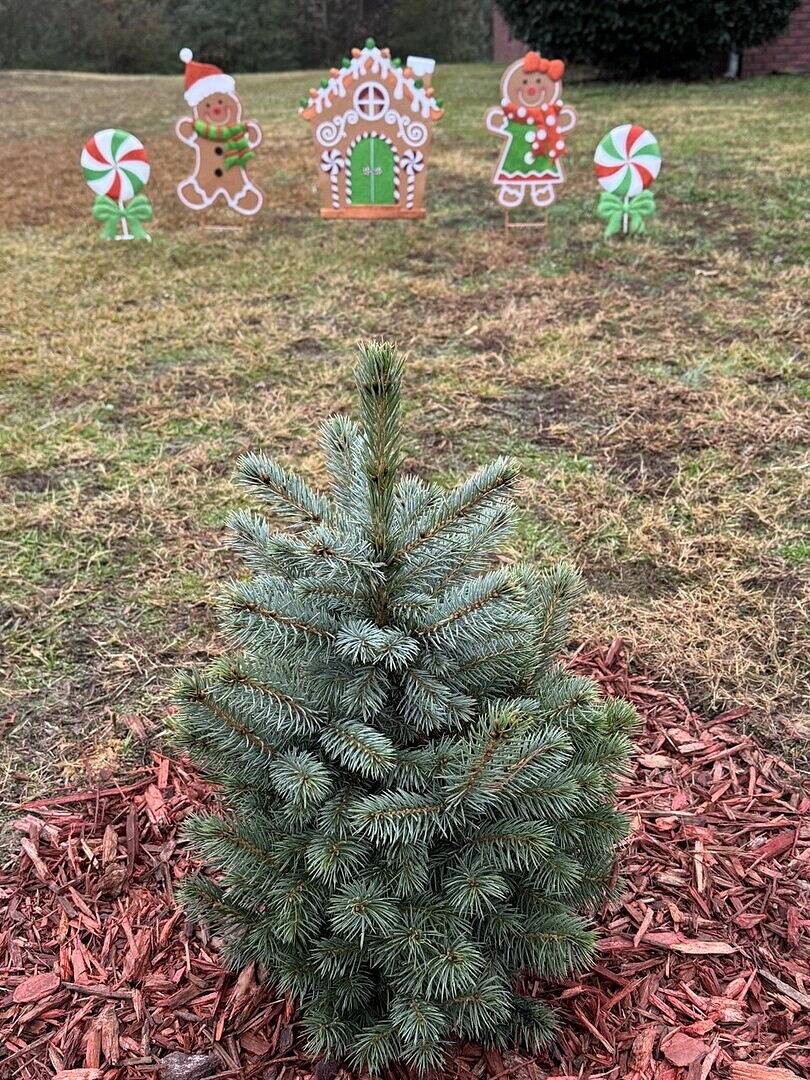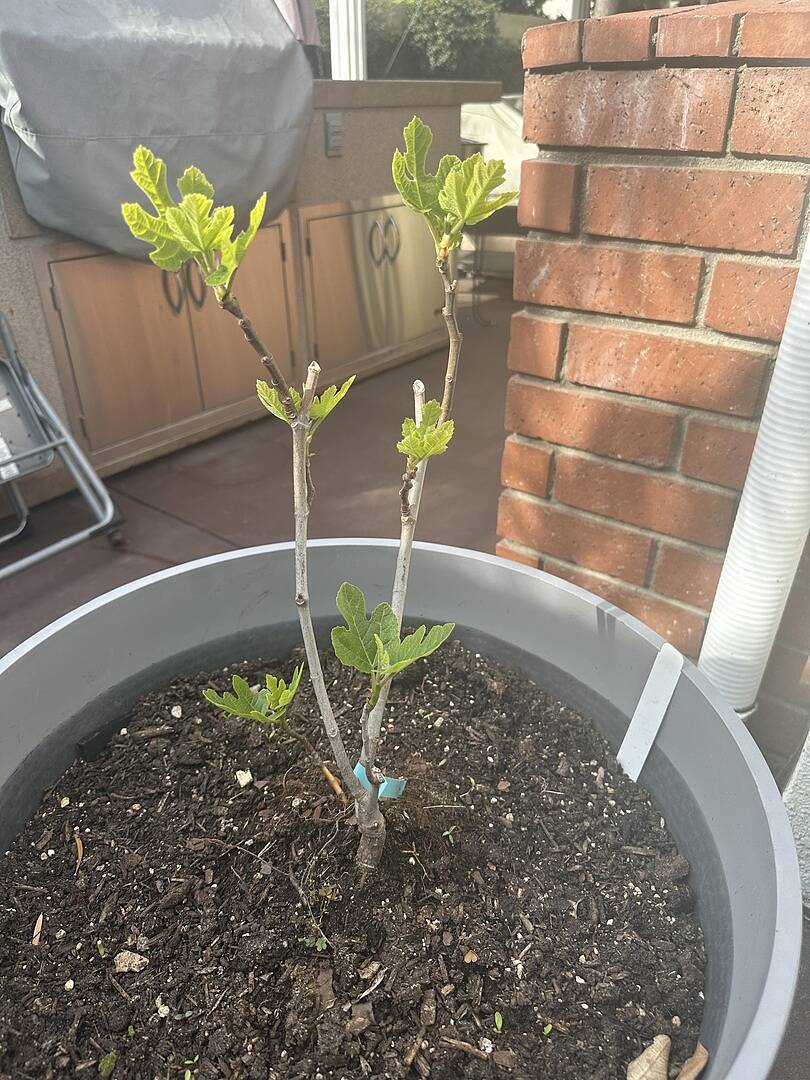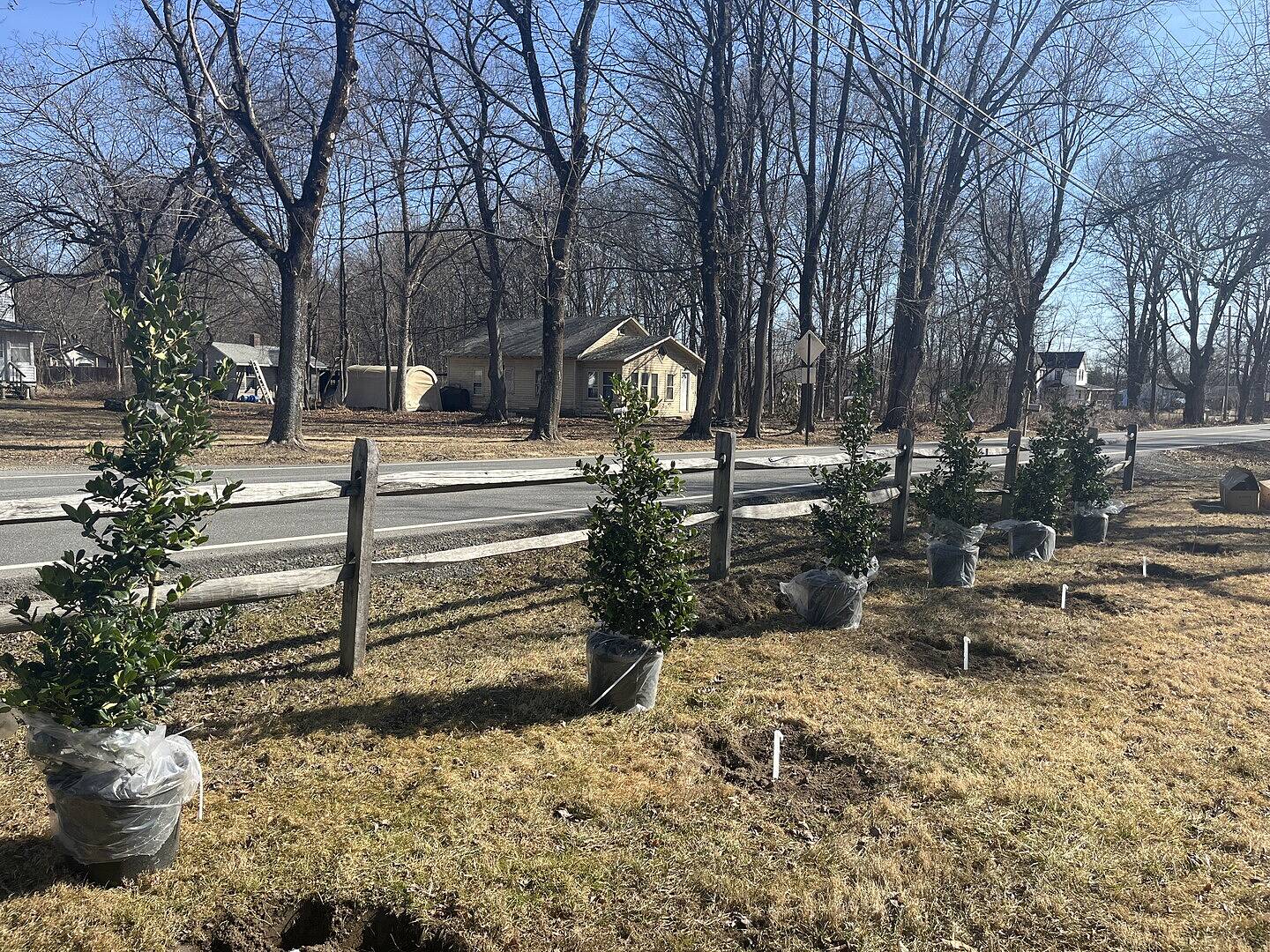Plant Care 101: Paw Paw Tree

Last updated: May 30 2019

Dynamic, unique and undeniably sweet: Just a few words that describe that amazing Paw Paw. But you probably haven’t heard of this amazing fruit, right? No problem! We’re here to introduce you to not only this tasty little treat, but also our indelible Paw Paw Tree(which means you’ll get one-of-a-kind flavor, right at home).
Even better? Since we just discussed planting healthful fruit, indoors or out, you’re ready to carry on your New Year’s resolution with flair. Check out more about why we love the Paw Paw and how it’s perfect for your landscape.
Scouting the Area

Though the Paw Paw Tree can reach a mature height of 25 feet, it can be container-planted for a more manageable look. Start by finding an area with full to partial sun (no more than 5 hours of indirect afternoon sunlight daily). After you’ve found the best location, take your Paw Paw Tree out of its shipped nursery container and plant in a container that’s twice the size of its root ball. The container should have drainage holes, and you must make sure you dispose of any standing water in the container’s saucer to avoid fungal growth.
Note: Paw Paw Trees are not self-fertile, so if you keep your plant indoors, hand pollination is a must.
Outdoors
If you’re planting more than one Paw Paw Tree outside, leave approximately 15 to 25 feet of space between your trees and other structures. Again, after you’ve found an area with partial sunlight and well-drained soil, dig a hole that is three times wider and deeper than the root ball. It’s that easy!
Care Must-Haves
Paw Paw Trees are pretty hassle-free, but proper care prepares them for a lush life. Paw Paw trees require adequate soil moisture, especially in the first two years after planting, so that means you should avoid oversaturating. Basically, that means you only water when the soil is dry, down to at least 1 to 2 inches deep.
And for even more optimal growth and fruit production, fertilize your Paw Paw Tree twice each year with a well-balanced fertilizer, such as a 20-10-10.
But we mean it when we say the Paw Paw Tree is effortless. The best time to prune is late winter or early spring, when the tree is dormant – this annual pruning will stimulate new growth.
More Planting Tips
Native to North America, the Paw Paw is most commonly planted in USDA growing zones 5 through 8. And despite its exotic, tropical-inspired look, this hearty (and relatively hardy) tree can handle moderately cold winters. Versatility is truly synonymous with the Paw Paw Tree, so it can grace almost any landscape with its umbrella-shaped canopy and long trunk.
Here are a few more of our planting tips to make your Paw Paw even more successful:
- When you place your Paw Paw Tree, make sure it’s level with the surrounding ground and standing straight, almost in a 90-degree angle.
- Give the Paw Paw a thorough drink of water after planting and mulch around it to conserve soil moisture. It seems hard to find balance between well-drained soil and oversaturated or dried-out soil, but it’s simple to get used to!
Pollination for the Paw Paw Tree
Harvesting the Bounty
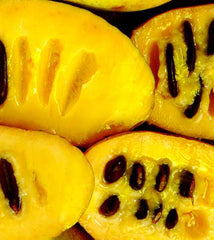 It’s time to reap the rewards of your planting with one-of-a-kind Paw Paws! I don’t think we’re alone in saying that the harvest months are the most exciting time to have home-grown fruit.
It’s time to reap the rewards of your planting with one-of-a-kind Paw Paws! I don’t think we’re alone in saying that the harvest months are the most exciting time to have home-grown fruit.
For starters, the Paw Paw will be ready to eat when it is easily plucked from the tree. Paw Paws that are too ripe can have an odd taste, so don’t wait until they’ve fallen.
But once they’re ready, you’re really in for a treat. Paw Paws often can’t be found at grocery stores, and the taste is unbelievable – described as dessert-like, resembling a rich custard. Plus, it’s healthy and therefore guilt-free.
You can keep your Paw Paws in cold storage for three days. If you want to keep them longer, you’ll need to freeze the pulp, which will keep for up to six months. Read more about our coveted Paw Paw Tree here and order one of your own!

Written by
Blair Brown
Blair is the Content Marketing Manager at FastGrowingTrees.com, and though she's not your traditional gardener, the planting world is definitely growing on her (pun intended!). She's enjoyed digging into plant care and maintenance and growing her plant collection, especially with exotic indoor varieties.



















